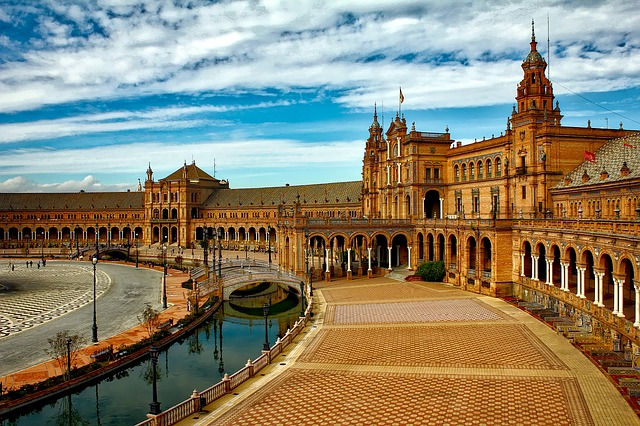
Seville is a Spanish city known for its cultural and historical heritage. It is also the capital of the province of Andalusia. The tourist who wants to know Sevilla, will have the opportunity to walk through its enormous historical center. This, is full of buildings of ancient architecture, which will make the visitor feel that it travels to the past. In the present post I will tell you about 5 essential places to see in Sevilla.
If you want to make a city tour you can hire this service, visiting some pages to travel that offer. Among the destinations to see in Sevilla, the following are highlighted:
La Giralda
The Giralda is the belfry of the Cathedral of Seville, measuring 104 meters high and was built the year of 1184. Its name comes from the word revolve and refers to the statue with human figure of bronze, which fulfils the function of being a vane. If you go up to the belfry you will have a panoramic view of the city.
Real Alcázar de Sevilla
The Royal Alcazar of Seville was declared a World Heritage Site by UNESCO in 1987, being the oldest royal palace in Europe. It is in excellent condition. And it is for this reason that on certain occasions it is reserved by the royal family to stay in their visits to the city. If you come to visit it, you will see its structure, gardens, lounges, among others.
Gold Tower
The Gold tower is located in the adjacencies of the Guadalquivir River. This historic monument was built in 1220 and gets its name from the reflex it evokes in the river. In this historical building the visitor will be able to know the Naval Museum of Seville, which is located in its interior.
Plaza de Toros de Sevilla
The bullring of the Real Maestranza de Cavalry in Seville, built in 1745, is the most historic bullfighting square in Spain. Here are the bullfights of the city of Seville, being one of its most interesting events, the fair of April. This imposing square can reach 12,500 people.
Maria Luisa Park
The park of Maria Luisa is one of the main attractions of Seville, is surrounded by trees of elms, acacias, Laureles, among others. You will also be able to appreciate its attractive sources. In this park were built two squares, one is the Plaza de América and the other is the Plaza de España.

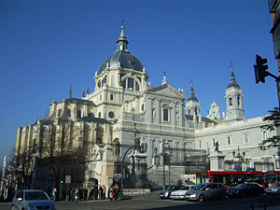
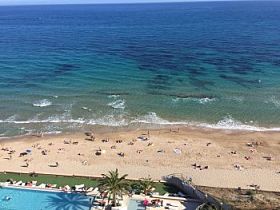 Located on the east of the Iberian Peninsula and sprayed by the Mediterranean Sea, Valencia consists of the provinces of Castellón, Alicante and of course Valencia. This region had in 2016 with just over five million inhabitants. Today is a vital part of Spanish tourism and is known for its beaches, historical and cultural wealth and its gastronomy, among other things.
Located on the east of the Iberian Peninsula and sprayed by the Mediterranean Sea, Valencia consists of the provinces of Castellón, Alicante and of course Valencia. This region had in 2016 with just over five million inhabitants. Today is a vital part of Spanish tourism and is known for its beaches, historical and cultural wealth and its gastronomy, among other things.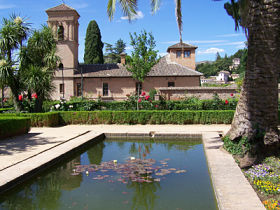 This time we visit Granada in the autonomous community of Andalusia in Spain, to visit one of its main attractions: The Alhambra.
This time we visit Granada in the autonomous community of Andalusia in Spain, to visit one of its main attractions: The Alhambra.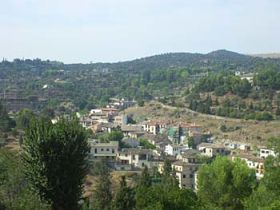 Crossed by the Tajo River and situated at an altitude of 529 meters above sea level, we are in
Crossed by the Tajo River and situated at an altitude of 529 meters above sea level, we are in 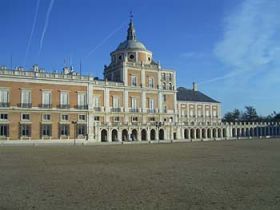 Aranjuez, a town south of Madrid, is located at a distance of 48 Km from Madrid and an altitude of 600 meters above sea level. It is located in the valley of the Tagus and Jarama rivers. You can access Aranjuez from Madrid by the north-south axis along the A-4 or the turnpike radial 4. Access to the west-east axis through the N-400, between Toledo and Cuenca.
Aranjuez, a town south of Madrid, is located at a distance of 48 Km from Madrid and an altitude of 600 meters above sea level. It is located in the valley of the Tagus and Jarama rivers. You can access Aranjuez from Madrid by the north-south axis along the A-4 or the turnpike radial 4. Access to the west-east axis through the N-400, between Toledo and Cuenca.